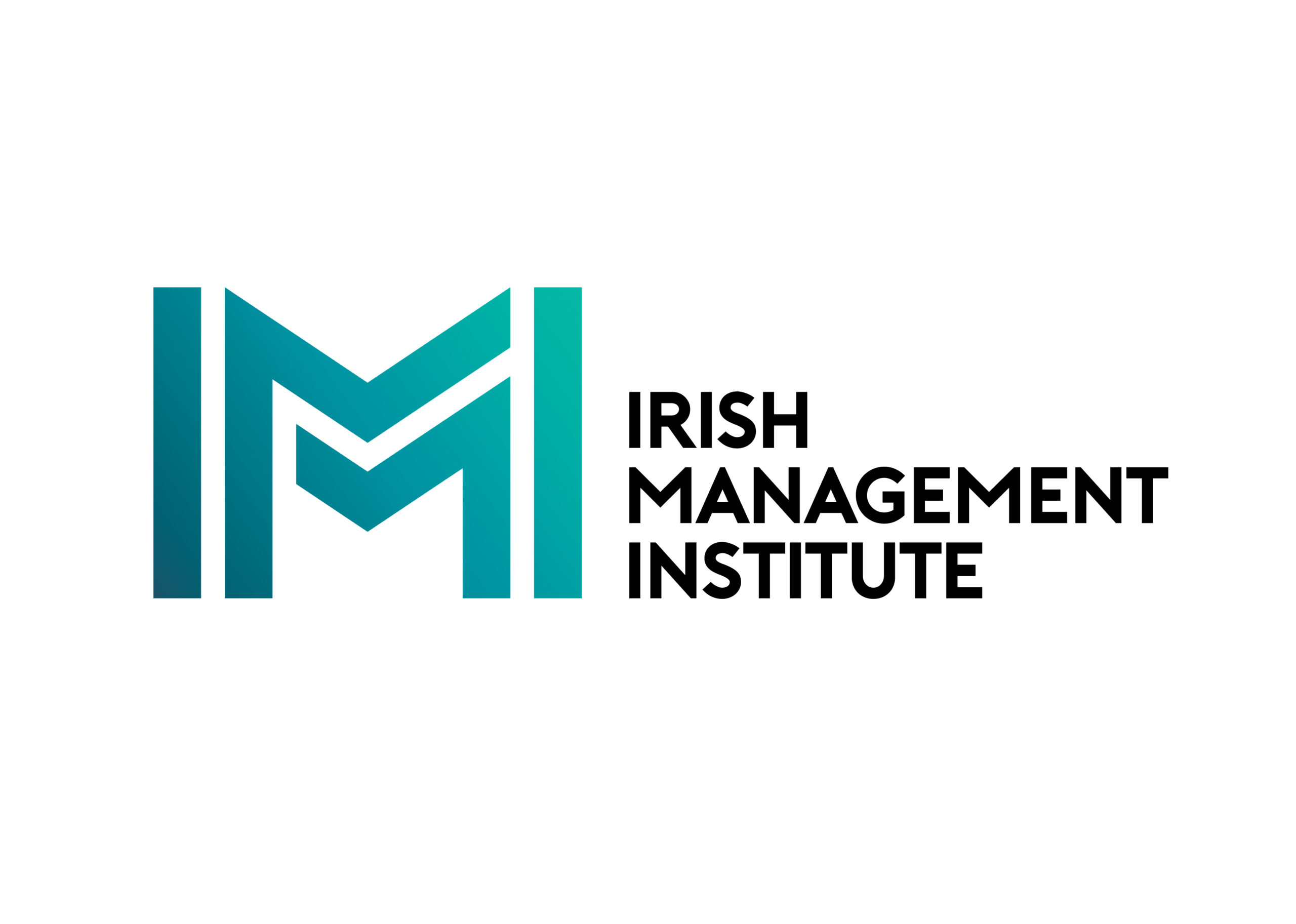Related Articles
Talent Forum Insights: Onboarding and Engagement
Rather than being a ‘nice to have’, having an engaged workforce is rapidly becoming a ‘must have’ for any organisation seriously looking to grow and succeed long-term.
What do you get if you ask 31 million working people questions every year for 15 years?
For Bruce Young, Senior Workplace Consultant at Gallup, the answer is an insight into how an employee becomes engaged in the workplace and what that engagement means – specifically how it translates into productivity and bottom-line value.
An Extra Day a Week – The Impact of High Engagement
It also brings into sharp focus what an engaged workforce can really bring to an organisation. Rather than being a ‘nice to have’, having an engaged workforce is rapidly becoming a ‘must have’ for any organisation seriously looking to grow and succeed long-term.

.
Gallup’s research has shown that companies in the top quartile of engagement benefit hugely versus those in the bottom half.
A 17% increase in productivity is essentially an extra day’s worth of work a week. Extrapolate that across an entire organisation, particularly large multi-nationals, and that multiplier effect could be the difference between staying still and propelling forward.
In manufacturing and construction industries for example, the 70% reduction in safety incidents resulting from high engagement could save them millions in compensation pay-outs and a lot of man hours, never mind the reduction in harmful incidents.
Across all sectors, organisations with engaged employees outperform those with disengaged employees across several KPIs that Gallup has…
.
Want to Read More?
To receive full insight documents after every IMI event, as well as all the slides and audio podcasts for select events, become an IMI member today. If you are an IMI member, contact your member champion to make sure you receive the IMI Insights.
.
IMI Talking Leadership Podcast: Bruce Young, Gallup, Purpose-led Onboarding and Engagament
An actively engaged worker will be 17% more productive than their disengaged counterpart – the equivalent of an extra working day every week – but 87% of Irish employees are not engaged at work.
In this week’s episode, we talk to Bruce Young, Senior Workplace Consultant at Gallup and IMI Talent Forum speaker, about the incredible data Gallup have collected on the subject, how they recommend tackling the problem, and what effects it can have on performance for those organisations that get it right.





